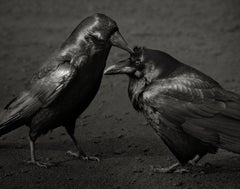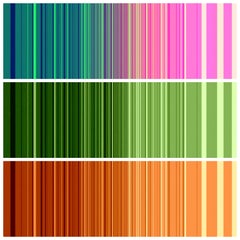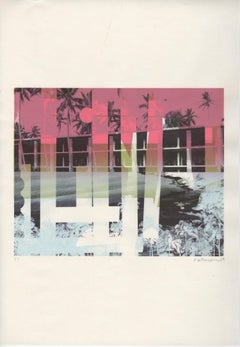New Mexico - Art
2010s Contemporary New Mexico - Art
Platinum
2010s Contemporary New Mexico - Art
Digital, Color
2010s Contemporary New Mexico - Art
Digital, Color
2010s Abstract New Mexico - Art
Steel
2010s Contemporary New Mexico - Art
Archival Pigment
1990s Contemporary New Mexico - Art
Silver Gelatin
2010s Contemporary New Mexico - Art
Archival Pigment
21st Century and Contemporary Contemporary New Mexico - Art
Silver Gelatin
Early 2000s Contemporary New Mexico - Art
Silver Gelatin
21st Century and Contemporary Contemporary New Mexico - Art
Canvas, Oil
2010s New Mexico - Art
Glass, Mica
21st Century and Contemporary Contemporary New Mexico - Art
Silver Gelatin
21st Century and Contemporary Contemporary New Mexico - Art
Canvas, Oil
21st Century and Contemporary Contemporary New Mexico - Art
Archival Pigment
2010s Contemporary New Mexico - Art
Platinum
2010s Contemporary New Mexico - Art
Archival Pigment
2010s Contemporary New Mexico - Art
Steel
2010s Contemporary New Mexico - Art
Archival Pigment
2010s Abstract New Mexico - Art
Canvas, Acrylic Polymer, Ink, Acrylic
21st Century and Contemporary Contemporary New Mexico - Art
Oil, Panel
2010s Contemporary New Mexico - Art
Platinum
21st Century and Contemporary Contemporary New Mexico - Art
Silver Gelatin
2010s Abstract New Mexico - Art
Acrylic
2010s Contemporary New Mexico - Art
Archival Pigment
2010s Abstract New Mexico - Art
Pigment
1980s Contemporary New Mexico - Art
Etching
1960s Abstract Expressionist New Mexico - Art
Canvas, Oil
2010s New Mexico - Art
Yarn, Wood, Wax
21st Century and Contemporary Abstract Expressionist New Mexico - Art
Oil Pastel
1970s Contemporary New Mexico - Art
Bronze
2010s Abstract New Mexico - Art
Cotton, Archival Ink, Archival Paper, Digital, Archival Pigment, Digital...
2010s Contemporary New Mexico - Art
Archival Pigment
2010s Abstract New Mexico - Art
Cotton, Archival Ink, Archival Paper, Digital, Archival Pigment, Digital...
2010s Contemporary New Mexico - Art
Paper, Color, Digital
21st Century and Contemporary Abstract New Mexico - Art
Pigment
21st Century and Contemporary Contemporary New Mexico - Art
Canvas, Oil Crayon, Acrylic
21st Century and Contemporary New Mexico - Art
Archival Pigment
2010s Abstract Impressionist New Mexico - Art
Silk, Archival Ink, Sumi Ink
2010s Contemporary New Mexico - Art
Steel, Gold Leaf
2010s Abstract New Mexico - Art
Acrylic
2010s Contemporary New Mexico - Art
Organic Material
21st Century and Contemporary Contemporary New Mexico - Art
Archival Pigment
21st Century and Contemporary Contemporary New Mexico - Art
Archival Pigment
2010s Abstract New Mexico - Art
Steel
21st Century and Contemporary Contemporary New Mexico - Art
Watercolor
Early 2000s Contemporary New Mexico - Art
Organic Material
19th Century Baroque New Mexico - Art
Marble, Bronze
1970s Contemporary New Mexico - Art
Lithograph
21st Century and Contemporary Abstract New Mexico - Art
Acrylic, Canvas
2010s New Mexico - Art
Yarn, Wood, Wax
2010s Contemporary New Mexico - Art
Archival Pigment
2010s Abstract New Mexico - Art
Canvas, Acrylic Polymer, Ink, Acrylic
2010s Contemporary New Mexico - Art
Gold Leaf
2010s Abstract New Mexico - Art
Archival Pigment
1970s Expressionist New Mexico - Art
Canvas, Oil
2010s Contemporary New Mexico - Art
Silver Gelatin
21st Century and Contemporary Expressionist New Mexico - Art
Linen, Oil
Early 2000s Contemporary New Mexico - Art
Silver Gelatin
21st Century and Contemporary Abstract New Mexico - Art
Oil
21st Century and Contemporary Contemporary New Mexico - Art
Canvas, Oil





